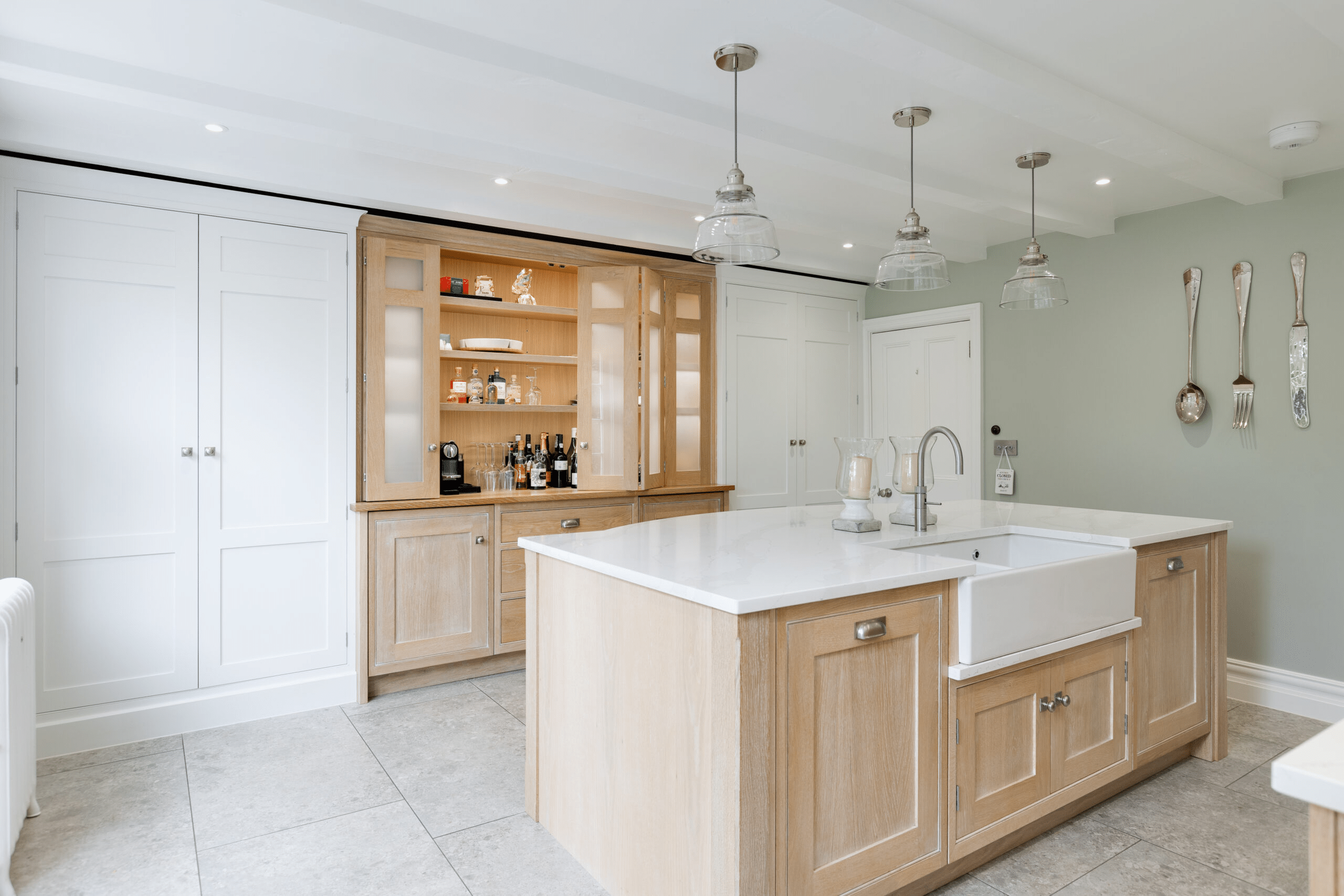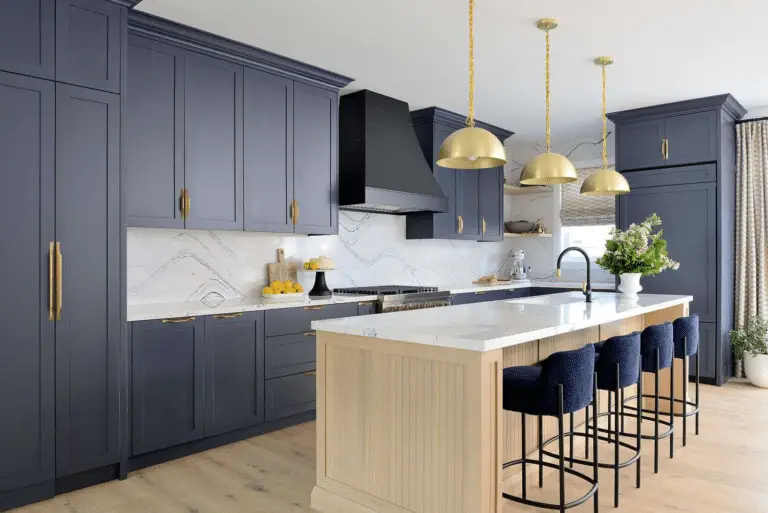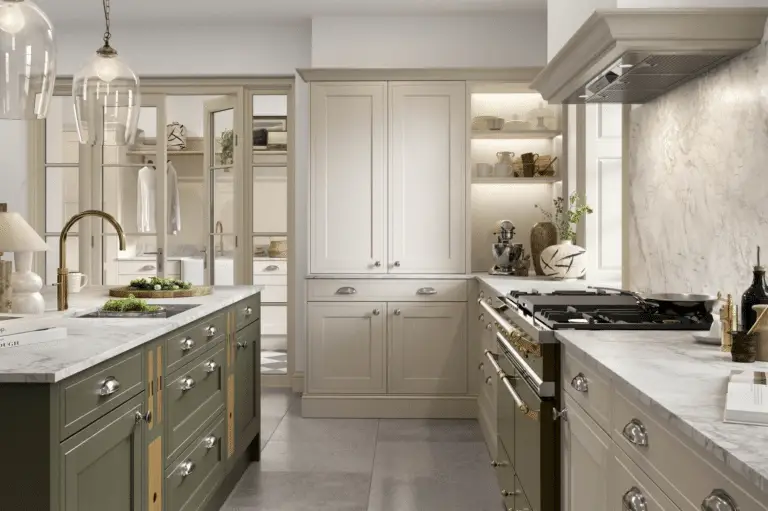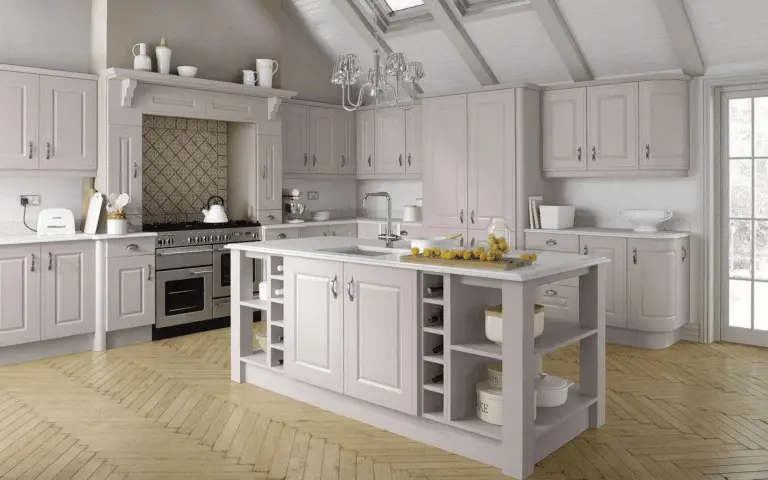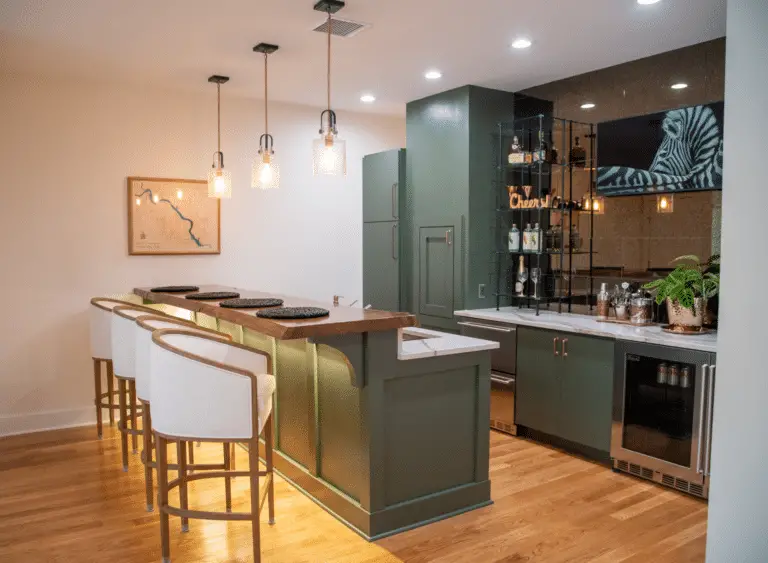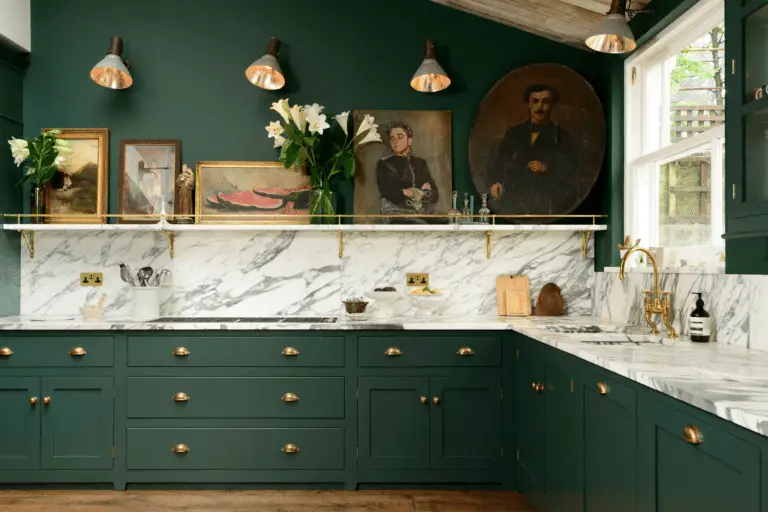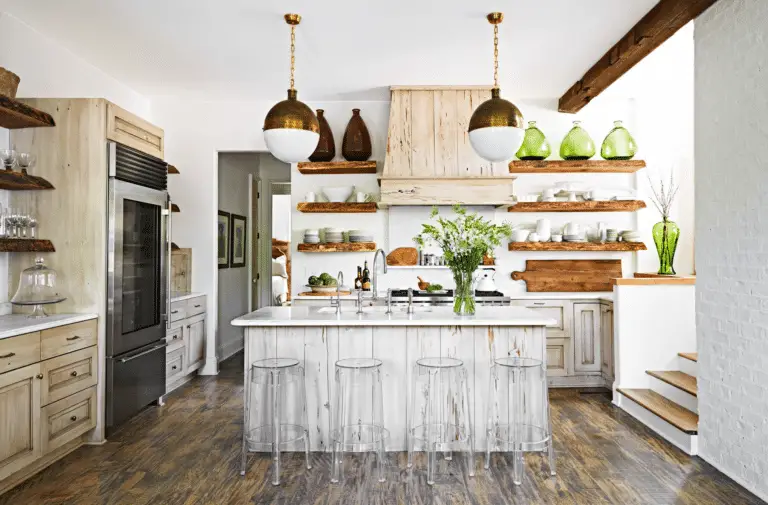Welcome to the world of in-frame kitchens! As the popularity of these stylish kitchen designs grows, the choice of materials becomes crucial. Let’s dive into the importance of material selection, considering both functional needs and aesthetic preferences.
From durability and maintenance to eco-friendly options and cost implications, we’ll explore how different materials can transform your in-frame kitchen into a robust yet elegant space. So, grab a cup of coffee and let’s explore the world of material selection for in-frame kitchens together!
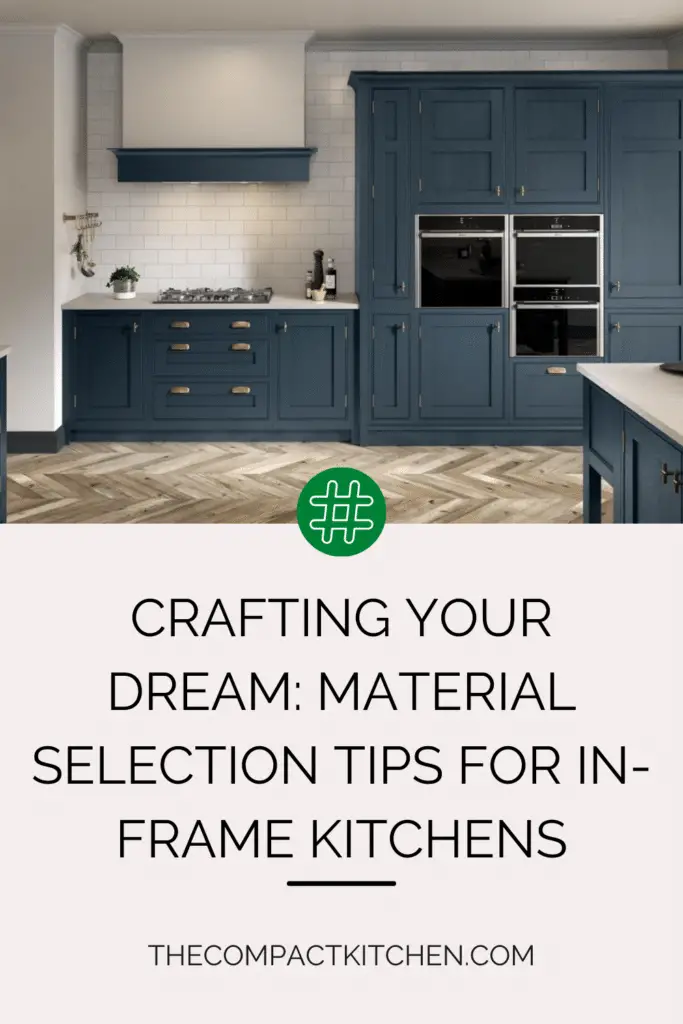
Introduction to In-frame Kitchens
When it comes to kitchen design, in-frame kitchens have been gaining popularity for their timeless style and sturdy construction. But what sets them apart from other kitchen styles? In-frame kitchens are characterized by having the door attached directly to the frame of the cabinet, creating a sleek and seamless look. This design not only adds a touch of elegance to the kitchen but also ensures durability and longevity.
The material selection plays a crucial role in achieving a robust and aesthetically pleasing in-frame kitchen. Choosing the right material can not only enhance the functionality of the kitchen but also elevate its overall design. Let’s delve into the importance of material selection when designing an in-frame kitchen.
Functional Needs in Material Selection
When selecting materials for an in-frame kitchen, it’s essential to consider the functional needs of the space. Factors such as resilience, maintenance, and longevity should guide your choice of material. Each material, whether it’s wood, metal, or composites, comes with its own set of benefits and considerations.

Wood is a popular choice for in-frame kitchens due to its warmth and natural beauty. However, wood requires regular maintenance to prevent warping or cracking, making it less resilient than metal or composites. Metal, on the other hand, offers durability and low maintenance, but it may lack the cozy feel of wood. Composites, such as engineered stone or laminate, provide a balance between aesthetics and functionality, offering a wide range of colors and finishes to choose from.
By understanding the functional needs of your kitchen and comparing different materials, you can select the one that best suits your lifestyle and design preferences.
Considering Functional Needs in Material Selection
When it comes to creating a durable and aesthetically pleasing in-frame kitchen, material selection plays a crucial role. It is important to consider not just the visual appeal of the materials but also their functional aspects. In this section, we will delve into how functional needs such as resilience, maintenance, and longevity influence the choice of materials for in-frame kitchens, and compare different options like wood, metal, and composites.
Resilience and Durability

One of the key factors to consider when selecting materials for your in-frame kitchen is their resilience and durability. Kitchens can be high-traffic areas with constant exposure to heat, moisture, and spills. Therefore, choosing materials that can withstand such conditions is essential. Wood, especially hardwoods like oak and maple, are known for their durability and can withstand the wear and tear of daily use. Metal, such as stainless steel, is also a popular choice for its strength and resistance to corrosion. Composites, like laminate and quartz, offer a durable and low-maintenance option for in-frame kitchens.
Maintenance and Longevity
In addition to resilience, maintenance requirements and longevity are important considerations when selecting materials for your in-frame kitchen. Some materials may require more upkeep and care to maintain their appearance and functionality over time. Wood, for example, may need periodic resealing or refinishing to prevent water damage and stains. Metal surfaces may require polishing to keep them looking sleek and new. Composites are often easier to maintain and clean, making them a practical choice for busy kitchen environments.
Comparing Materials
When comparing materials like wood, metal, and composites for in-frame kitchens, it is crucial to weigh their functional aspects against each other. Wood offers a warm and natural aesthetic but may require more maintenance compared to metal or composites. Metal provides a sleek and modern look with excellent durability but can show scratches and fingerprints more easily. Composites come in a variety of finishes and are highly durable and resistant to stains, but may lack the natural appeal of wood or the industrial look of metal.
Aesthetic Preferences and Material Selection

When it comes to creating a stunning in-frame kitchen, material selection plays a crucial role not only in the functionality but also in the overall aesthetic appeal. The materials you choose can greatly influence the design, style, and atmosphere of your kitchen space. Let’s delve deeper into how different materials can impact the aesthetics of your in-frame kitchen and how you can customize them to suit your preferences.
Wood
Wood has always been a popular choice for in-frame kitchens due to its timeless appeal and natural warmth. Whether you opt for oak, maple, cherry, or walnut, each type of wood brings its unique grain pattern and color variations to the table. The rich tones of wood can create a cozy and inviting atmosphere in your kitchen, making it a perfect choice for those who prefer a traditional or rustic look.

To customize the aesthetic of your wooden in-frame kitchen, you can choose different finishes like staining, painting, or distressing. Staining can enhance the natural beauty of the wood while painting allows you to add a pop of color or create a sleek, modern look. Distressing the wood gives it a worn-in, antique feel, perfect for achieving a shabby-chic or farmhouse style. By experimenting with different finishes, you can truly make your wooden in-frame kitchen a reflection of your personal style.
Metal
For a more contemporary and industrial aesthetic, metal is an excellent choice for in-frame kitchens. Steel, aluminum, and copper are popular options that can add a sleek and modern touch to your kitchen design. Metal finishes can range from polished to brushed to hammered, allowing you to achieve the desired look and feel for your space.

In addition to its modern appeal, metal is also incredibly durable and easy to maintain, making it a practical choice for busy kitchens. You can mix and match metal elements with other materials like wood or stone to create a striking contrast and add visual interest to your in-frame kitchen. Whether you go for a full metal look or incorporate metal accents, this material can elevate the aesthetics of your kitchen design.
Composites
Composites, such as quartz, solid surface, or laminate, offer a wide range of colors, patterns, and textures to choose from, making them a versatile option for in-frame kitchens. These materials are highly customizable and can replicate the look of natural stone, wood, or metal without the high maintenance requirements. Composites are also eco-friendly and sustainable choices, perfect for those looking to reduce their environmental impact.

With composites, you can achieve a seamless and cohesive look in your in-frame kitchen by matching or contrasting the material with other elements in the space. Whether you prefer a sleek and minimalist design or a bold and dramatic statement, composites allow you to play with different aesthetics and create a kitchen that truly reflects your style.
In conclusion, the aesthetic preferences of your in-frame kitchen are greatly influenced by the materials you choose. Whether you opt for the timeless elegance of wood, the modern allure of metal, or the versatility of composites, selecting the right material can help you create a kitchen that is not only functional but also visually stunning. By customizing the chosen material to align with your overall interior decor, you can achieve a cohesive and personalized look that truly makes your in-frame kitchen stand out.
Eco-Friendly Material Selections for In-Frame Kitchens
When it comes to designing your dream in-frame kitchen, not only do you want it to be visually stunning and practical, but you also want to consider the environmental impact of your choices. In this section, we will delve into the importance of eco-friendly material selections for in-frame kitchens and explore some sustainable options that you can incorporate into your kitchen design.
The Role of Sustainability
Sustainability has become a hot topic in the world of design and construction, and for good reason. As we become more conscious of our impact on the environment, it’s essential to consider the sustainability of the materials we use in our homes. In the case of in-frame kitchens, choosing eco-friendly materials not only helps reduce your carbon footprint but also promotes healthier living spaces for you and your family.
When selecting materials for your in-frame kitchen, look for options that are produced using ethical and environmentally friendly practices. This could include choosing materials that are rapidly renewable, such as bamboo, which is known for its quick growth cycle and minimal environmental impact. Reclaimed wood is another excellent choice for eco-conscious homeowners, as it gives new life to old materials and reduces the need for new resources.
Examples of Environmentally Friendly Materials
Now that we’ve touched on the importance of sustainability in material selection, let’s explore some specific eco-friendly options for your in-frame kitchen. One popular choice is bamboo, a fast-growing grass that can be harvested sustainably without harming the environment. Bamboo is not only durable and moisture-resistant but also adds a touch of natural warmth to your kitchen design.
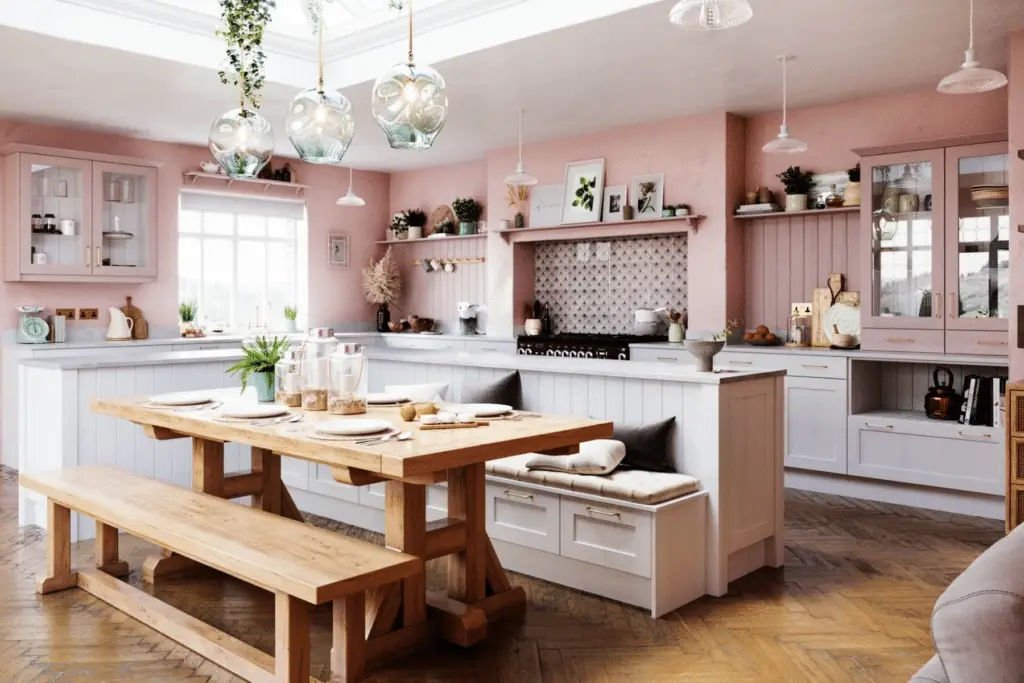
Reclaimed wood is another fantastic option for those looking to reduce their environmental footprint. By repurposing old wood from barns, factories, or even old furniture, you can create a unique and rustic look in your in-frame kitchen while contributing to the sustainability of your home. Reclaimed wood adds character and history to your kitchen space, making it a conversation starter for guests and a source of pride for you.
In addition to bamboo and reclaimed wood, linoleum is another eco-friendly material that deserves a spot in your in-frame kitchen. Made from natural ingredients like linseed oil, cork dust, and wood flour, linoleum is biodegradable, antimicrobial, and low maintenance. It comes in a variety of colors and patterns, allowing you to customize your kitchen floor while staying true to your commitment to sustainability.
By incorporating environmentally friendly materials like bamboo, reclaimed wood, and linoleum into your in-frame kitchen design, you can create a space that not only looks beautiful and functions well but also supports a healthier planet for future generations. Make sustainability a priority in your material selection process and enjoy the peace of mind that comes with knowing you’ve made a positive impact on the environment.
Cost Implications of Material Choice
When designing your dream in-frame kitchen, one of the most critical considerations is the cost implications of the materials you choose. Your material selection can have a significant impact on the overall budget of your kitchen project, so it’s essential to strike a balance between cost and quality.
Understanding Cost Variations
Materials like wood, metal, and composites each come with their own price tags, and the quality and finish of these materials can also affect their cost. For example, high-quality hardwoods like oak or walnut will naturally be more expensive than lower-grade alternatives.
Additionally, the manufacturing process, rarity of the material, and brand reputation can also influence the cost of the materials. It’s crucial to research and compare prices to ensure that you are getting the best value for your money.
Balancing Budget Constraints
While it’s tempting to go all out on premium materials for your in-frame kitchen, it’s essential to consider your budget constraints and find a balance between cost and quality. There are ways to achieve a stylish and durable kitchen without breaking the bank.
One cost-saving strategy is to mix and match materials, using high-end materials for focal points like countertops or cabinet doors, and more budget-friendly options for less visible areas. This way, you can create a visually appealing kitchen without overspending.
Long-Term Investment
It’s important to remember that investing in high-quality materials for your in-frame kitchen is a long-term investment. While it may require a higher initial investment, quality materials are more durable and resistant to wear and tear, ultimately saving you money on repairs and replacements in the long run.

By carefully considering the cost implications of your material choice and finding a balance between budget constraints and quality, you can create a beautiful and functional in-frame kitchen that will stand the test of time.
Whip Up Your Dream Kitchen with the Perfect Ingredients!
When it comes to in-frame kitchens, the right material selection is key to achieving both functionality and style. From considering durability and maintenance to eco-friendly options and budget constraints, every decision plays a part in creating your dream kitchen.
Remember, a well-thought-out material selection not only enhances the aesthetic appeal but also ensures the longevity of your space. So, choose wisely and cook up a kitchen that’s as practical as it is beautiful!

